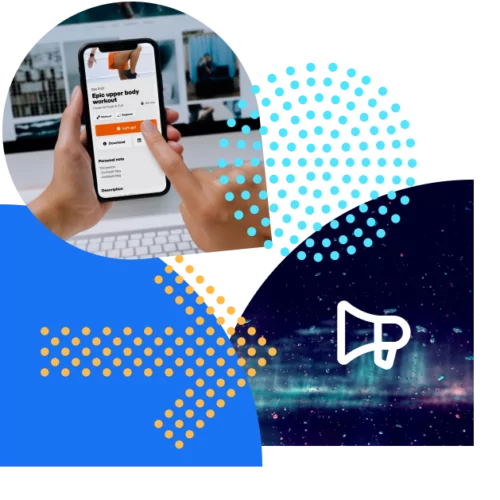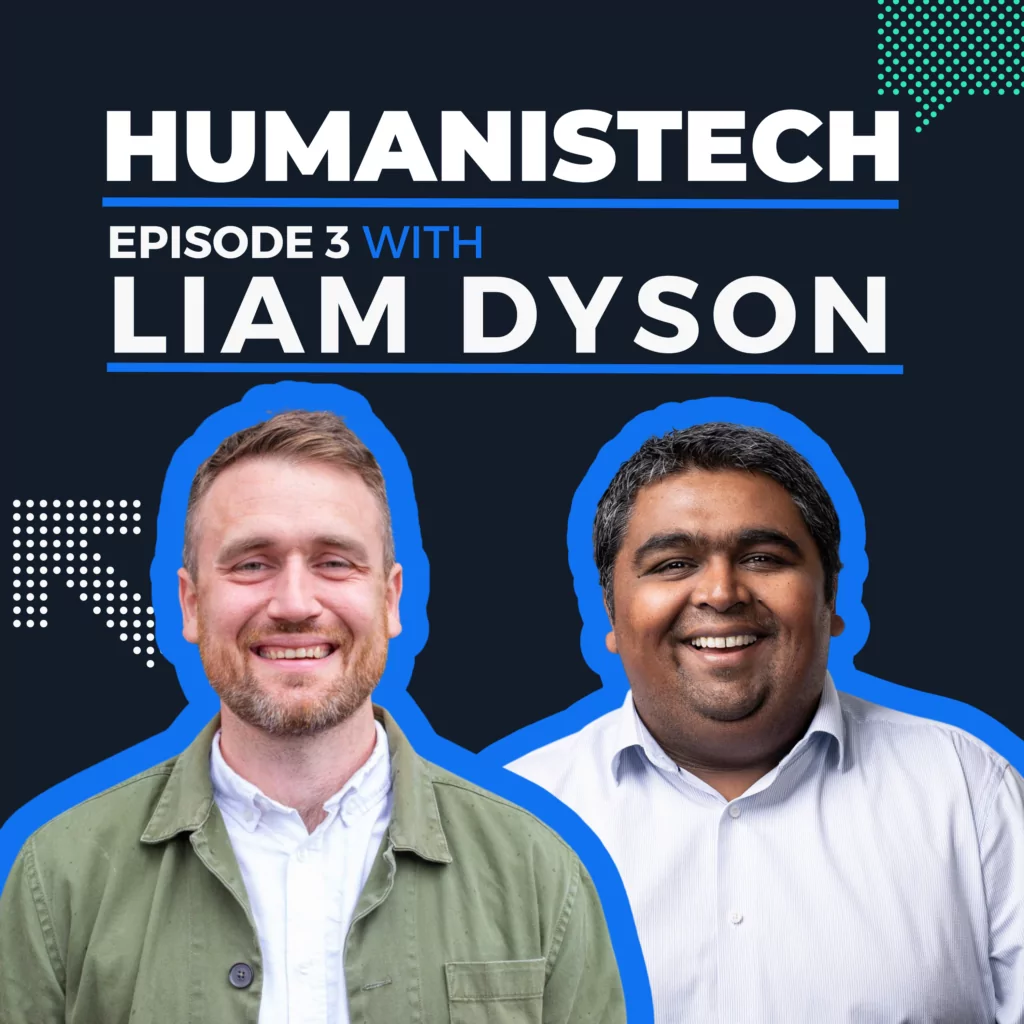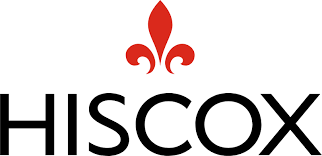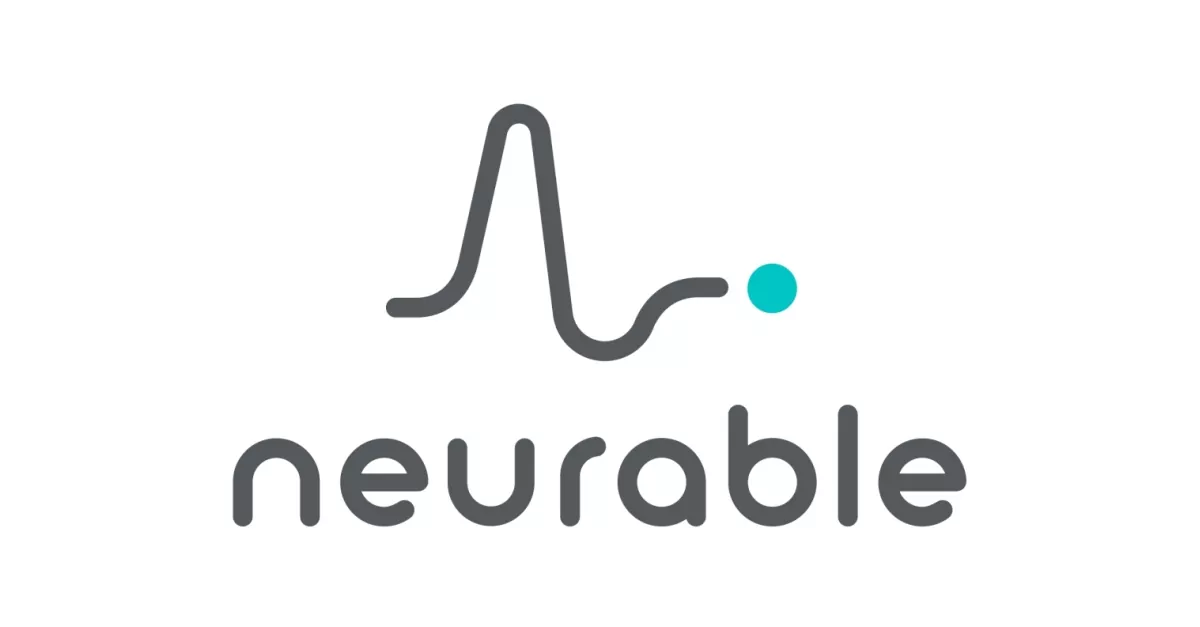
Delivering digital products beyond the predictable.
If you’re wondering how technology can help to solve your most complex business problems, you’ve come to the right place. We solve challenges like these every day through a combination of consultancy, discovery, design and development. Let us help you create the product your competitor wishes they’d made first.
Our services

Human-centred global tech solutions.
From financial services to pharmaceuticals, energy giants to fast food connoisseurs – we’ve partnered with global brands that are leaders in their field. But while we’re proud of our projects, we’re constantly curious about what’s next. If you’ve got a business challenge, we’d love to help you solve it through carefully considered, intelligent tech solutions.
The industries we’ve worked with.
Digital transformation isn’t limited to any one particular industry. We work with companies spanning a wide range of sectors to help them unleash their full potential through human-centred global tech solutions. Whether you’re looking to captivate target audiences, gain competitive edge or simply carry on doing what you do best and let technology take care of the rest, we can work together to unearth your unique pain points and make your business ambitions a reality.

Digital transformation that truly makes a difference.
Looking for a tech solution that revitalises your processes and bolsters your business objectives? Look no further. Combining expertise in UXR, UI/UX, engineering, cloud and data science with creative flair, a curious mindset and a passion for human progress through technology – we tackle complex problems to create profound results.
Check out our latest Flutter White Paper.
As received from














































































